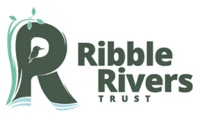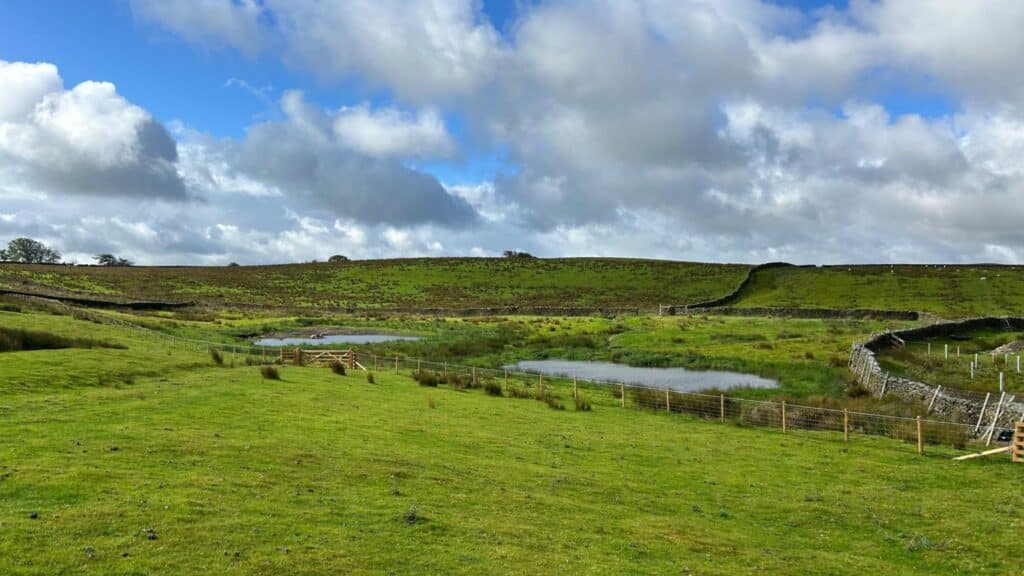
What Are Wetlands and Can They Reduce Flooding?
When we think about protecting rivers, our minds often go straight to the water flowing through the channel, but some of the most important work we do takes place just beside the river, in our wonderful wetlands!
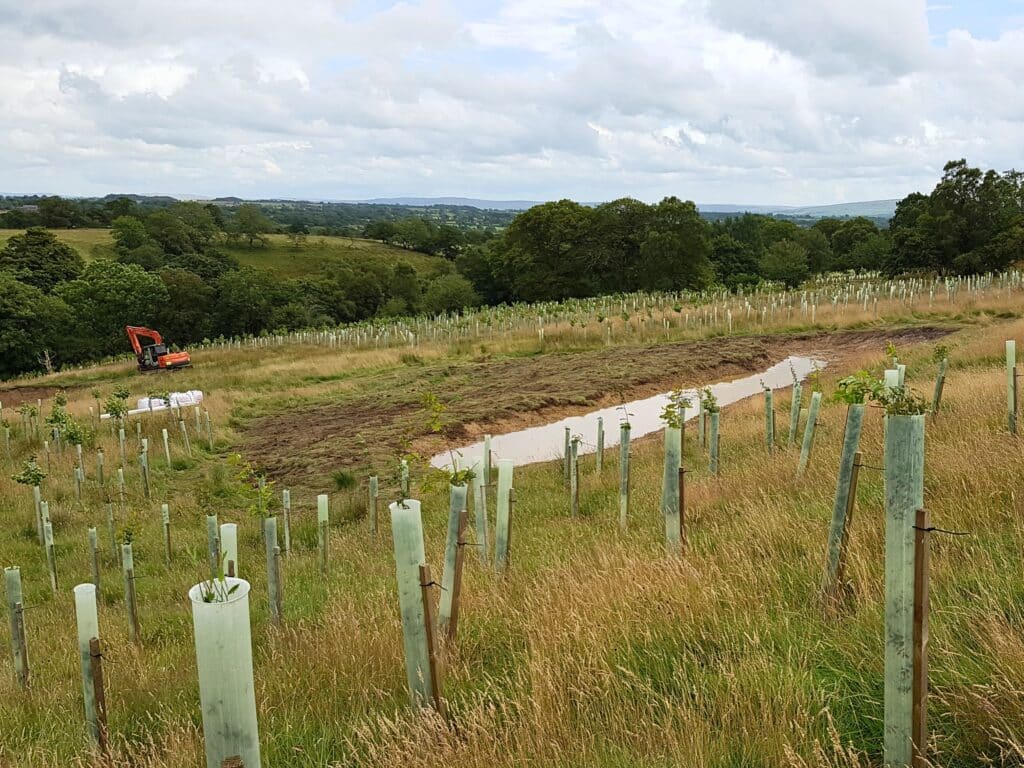
Wetlands are some of the most diverse habitats in the natural world. They come in many shapes and sizes: ponds, shallow wader scrapes, wet ditches, wet woodland, and even farmland that floods naturally during the wetter months. What all wetlands have in common is that they hold water, either permanently or temporarily, creating unique conditions where wildlife thrives. Thanks to this ability to hold onto water, wetlands can also help to reduce flooding, protecting human and wildlife communities.
Despite these benefits, wetlands are one of the UK’s most threatened habitats. Over the past century, huge areas have been lost as land was drained for farming, urban expansion, and infrastructure development. As wetlands disappeared, so too did the wildlife that depended on them. But today, restoring and creating wetlands in proving to be a simple and effective way of booting biodiversity and making our landscapes more resilient to our changing climate.
Who calls wetlands home?
Wetlands are teeming with life. The species that have evolved to live in these spaces have many special adaptations that help them to make the most of these semi-aquatic habitats. Wading birds such as redshank, lapwing, and curlew rely on shallow pools and muddy margins where they can probe for insects and worms. Amphibians like frogs and newts use wetlands for breeding and shelter. Many rare and unusual plants, from sedges to water-loving wildflowers, can only grow in these damp conditions.
As always, with nature, sometimes you can expect the unexpected. This year, we surveyed some of our newly created wetlands and found that they have already been discovered by some plucky stone loach! They likely found their way in through small channels during the summer months, searching for cooler, deeper waters as rivers dried up in the heat. This behaviour, known as refuge migration, shows just how valuable wetlands are by providing emergency shelter when rivers are under pressure.
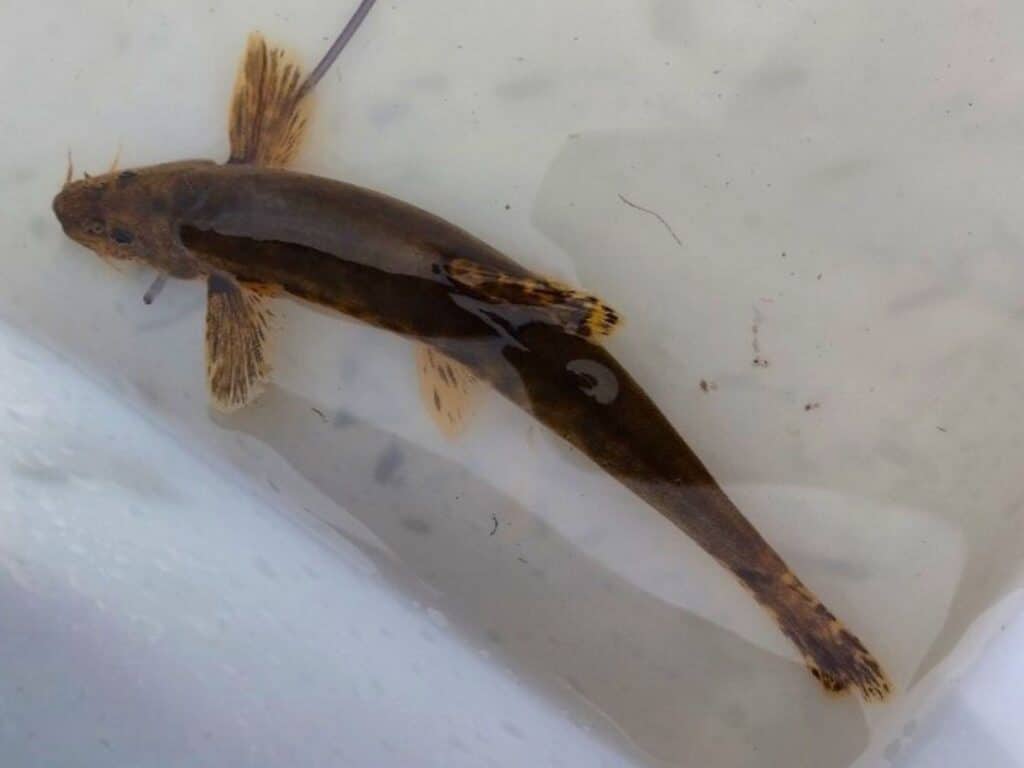
Why wetlands matter for people too
It isn’t only wildlife that benefits. Wetlands can also reduce the risk of flooding and play an incredible role in protecting people and communities. By holding water back during heavy rainfall and releasing it slowly, wetlands act as a natural sponge, reducing flood peaks and slowing the flow of water downstream. This form of Natural Flood Management (NFM) helps to protect homes, farmland, and infrastructure from damage without man-made flood defences.
Plus, by reducing the force of high flows, wetlands prevent soil erosion, keeping valuable topsoil on farmland and reducing the risk of young salmon and other fish being washed away before they have a chance to grow. They also store carbon in their soils and vegetation, helping to fight climate change, while providing peaceful, wildlife-rich places for people to enjoy.
Finally, these wetlands can also help to avoid summer droughts too. The water from the wetlands will gently filter into the surrounding land all year round, and will eventually trickle down into the river. With enough wetlands, these slow trickles of water could be enough to stop our rivers and reservoirs drying up!
Wetlands across the Ribble catchment
Here at Ribble Rivers Trust, wetlands are becoming a familiar feature in our landscape restoration projects. We’ve created wetlands at Cow Ark, Tawd Valley, Worston, Wrea Green, Bolton by Bowland, Long Preston, and along both Lower and Upper Storth Beck– and we have many more planned in the years ahead.
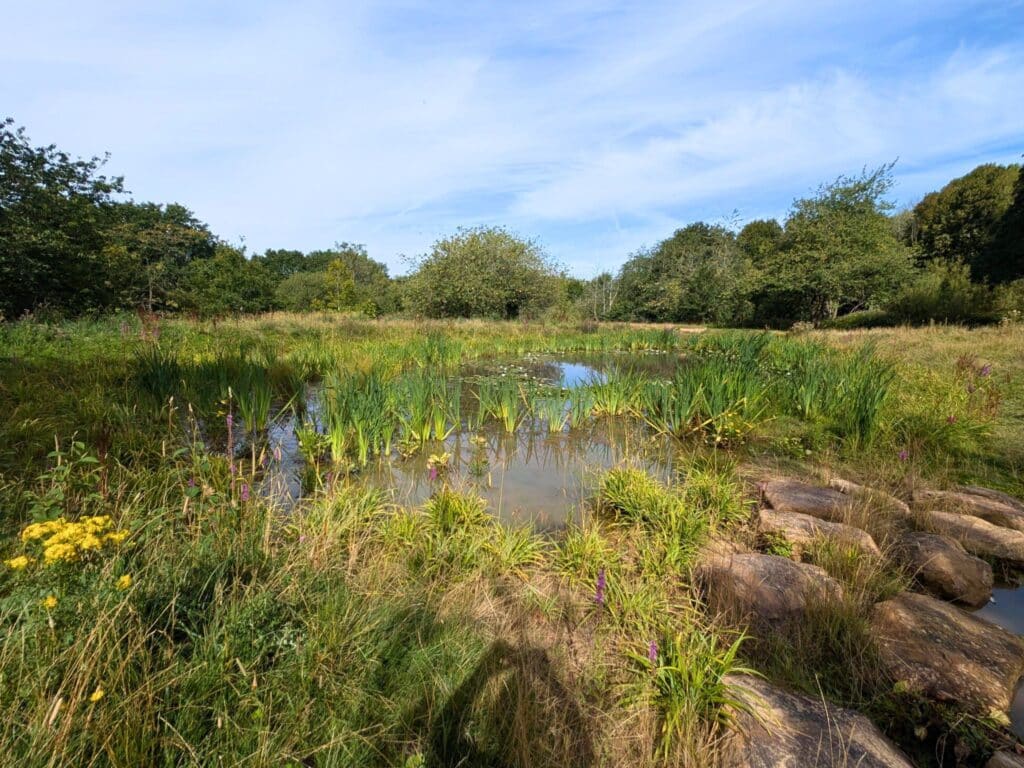
Each of these sites looks a little different, designed to fit the land and deliver the greatest benefit for wildlife and people. And of course, when we’re designing these wetlands, we optimise them to reduce localised flooding as much as possible. Some are shallow pools where wading birds can gather, others are larger permanent ponds providing cool water refuges for fish, and others are networks of scrapes and ditches that work together to hold back water and slow its flow.

Rivers are at the heart of our local landscapes. Whether you’re casting a line, exploring a riverside trail, or simply basking in the beauty of nature, you can help protect these special places now, and for generations to come.
By becoming a Ribble Rivers Trust supporter for just £3 a month, you’ll be funding real, on-the-ground action.
Ready to make a difference? Learn more here: ribbletrust.org.uk/become-a-supporter
